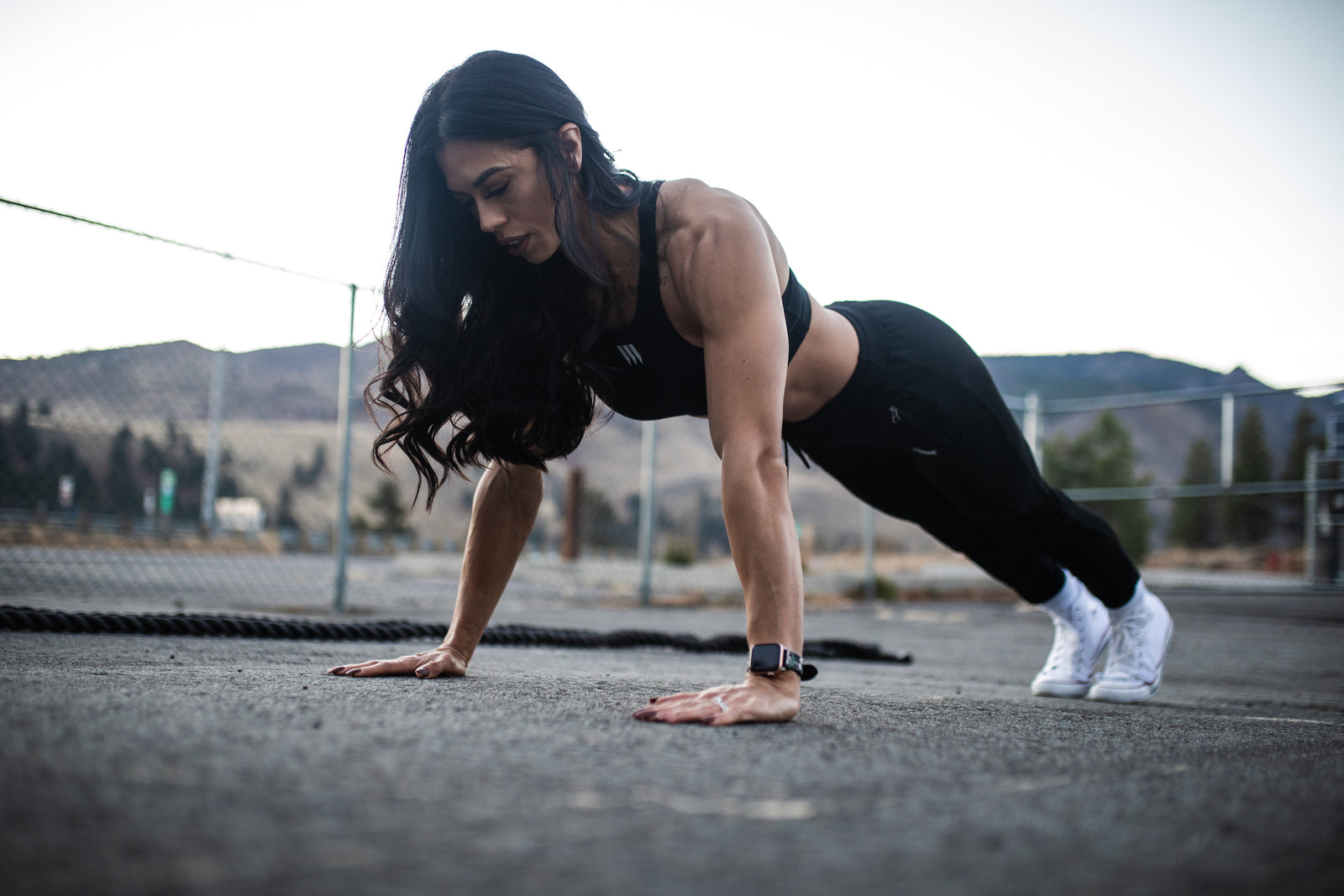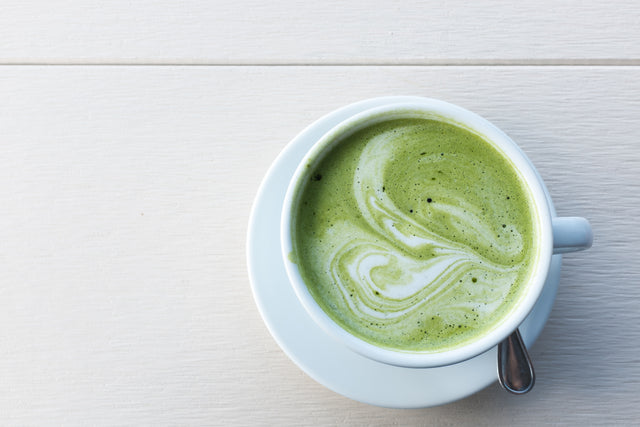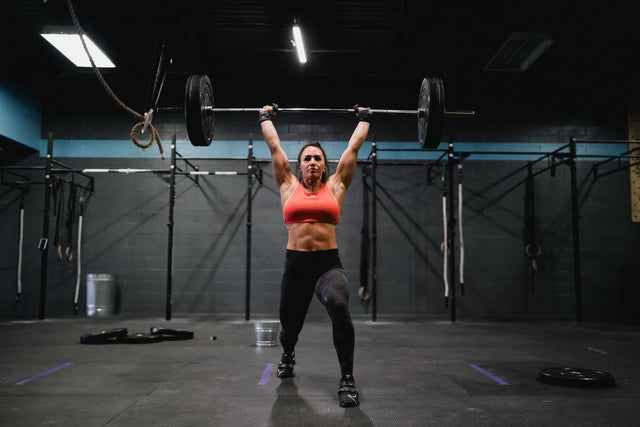If you’re looking to build a rock-solid core and more total functional body strength, then you’ll want to include the plank in your training routine. Planks are one of the best and most basic isometric exercises to build more strength and stability in your abdominals and core. And nearly everyone can do them. We’re going to talk more about the plank exercise benefits, how to perform them, and the different plank variations your workout program is missing.
What Are Planks
Planks are an isometric functional strength training exercise. Isometric training is contraction of a muscle, without the visible movement or engagement of the joints. Basically, your muscles are engaged, but they’re not changing length. Therefore, the tension between two sets of muscle groups is either matched or collectively matched by external forces and load placed on the body. Studies suggest that isometric training can build more muscle mass, maximize force and power, and improve ballistic movements for improvement of performance and rehabilitation [R].
Plank Exercise Benefits – What Are Planks Good For
Core Strength And Stability
The main plank exercise benefit is core strength and stability. Isometric exercises recruit your core muscles and are activated by using your own force or bodyweight for resistance in a static position. This will inevitably improve body posture, balance, and coordination. The plank is a functional exercise, which can be seen throughout conventional human movement patterns. The more you can emulate purposeful resistance and time under tension, or the time you hold a static movement, the more core strength you will develop.
Within a plank position, you are also resisting gravity. Static positioning will help improve postural control and equilibrium. Therefore, planks can prepare the body to resist both internal and external forces to maintain core and postural stability.
More Total Body Strength And Muscle Mass
Planks can be performed with or without weight. A static held position can challenge your muscles in a different and positive way. Isometric exercises like the plank have been shown to increase muscle mass and strength.
Studies have shown that slower tempo of movement, especially during the eccentric phase decreases the number of performed repetitions, but extends the time under tension, which may contribute to greater muscle hypertrophy [R].
How To Do A Plank With Perfect Form
Watch this plank how-to video and read our tips to learn the perfect form for planks.
- Start out by getting on your hands and knees
- Place your hands directly below and in line with your shoulders like you’re getting into push up position
- Step both of your feet back one at a time slightly wider than hip distance
- Maintain good posture with your body in a straight line from head to toe, with your eyes fixed ahead of you on your fingertips
- Contract your abs, quads, glutes and hold. Breath slowly and hold until your body starts shaking. Try and hold through this for as long as you can and release.
Start small with increments of 15-30 seconds. Do three to four sets at a time to build more strength until you can reach 1-2 minutes over time.
Plank Variations
Now that you know how to perform the traditional or basic plank we’re going to show you some fun and effective plank variations that you can work on as well to build a strong toned core.
Single Leg Planks
With this plank variation, simply hold your traditional plank and raise one leg for 15-30 seconds and alternate.
3-Point Plank
3-Point Plank is an advanced plank variation, that is held with one arm, like the single leg, but with a higher center position, which requires much more core strength and stability.
Army Crawl Planks
Army crawler planks are a great way to get your core even more engaged, and change from an isometric to a standard exercise, with an eccentric and concentric phase, essentially lengthening, shortening, and holding your core and abdominal muscles for enhanced activation.
Single Arm Single Leg Plank
Single arm single leg plank, requires greater core stability and is an advanced movement. Raising your arm and leg contralateral to one another, hold one leg and one arm off the ground keeping your body in a straight line and stable plank position.
Plank Walk Ups
Plank walk ups provide your core with more activation, going from your forearms, up to your full extension conventional plank form and alternating.
Plank Exercise: Takeaway
The great thing about the plank is that you can add it to any training program, no matter what your level of fitness is. The plank can greatly benefit your total body strength, enhancing your functional movement which can be translated in other resistance training lifts and human movement patterns.
Need Help With Optimizing Your Diet And Nutrition Plan To Finally Get The Results You've Been Waiting For?
SWOLVERINE IS AN ENDURANCE ATHLETE AND ACTIVE LIFESTYLE BRAND. MADE FOR THE ELITE ATHLETE, AND THE STRONG-WILLED OUR PRODUCTS WERE DESIGNED TO FUEL YOUR ATHLETIC PERFORMANCE. WE PERFORM WHEN YOU PERFORM.
We believe that everyone can optimize not only their athletic performance but their human potential. The way we believe we can optimize performance is through transparency, clinically effective doses, and clinically proven ingredients with evidence-based outcomes. We provide the nutrients you need to power your active lifestyle.
Find similar articles:
Training







